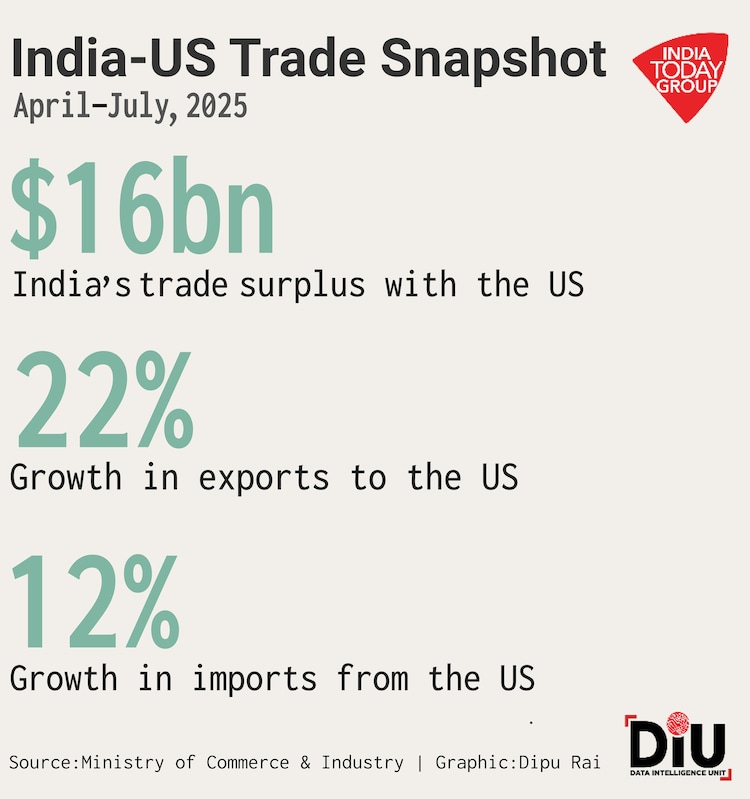Prime Minister Narendra Modi pledged India’s first major consumption tax cut since 2017, proposing to reduce Goods and Services Tax rates from four slabs to two — five per cent and 18 per cent — with a special 40 per cent rate for sin goods. The reform is expected around Diwali.
Why it matters: Simplifying GST could ease compliance for millions of businesses, boost disposable incomes, and stimulate demand at a time when US tariffs threaten India’s exports. For PM Modi, this is both an economic and political gamble: revamping GST ahead of state elections signals urgency to spur growth and investor confidence.
In numbers:
- 4 slabs today: 5%, 12%, 18%, 28%
- 2 slabs proposed: 5% and 18%
- 90% of goods at 28% are expected to move down to 18%
- 2.37 lakh crore GST collected in April 2025, showing fiscal cushion
- 7 items to face a higher 40% GST (eg- tobacco)
In-depth: On Independence Day, Modi promised “next-generation GST reforms” from the Red Fort. The government plans to collapse India’s four-tier system, long criticised as confusing, into a simpler structure of two rates.
Essential goods, including food, medicines, and education-related products, will face either zero or a five per cent tax. Consumer durables such as TVs and washing machines will fall into the 18 per cent bracket. A limited set of demerit goods, including tobacco, will carry a 40 per cent rate.
The overhaul could put more money in the hands of consumers, boost business sales, and improve tax compliance. Markets have welcomed the change. Indian equities, which had lagged behind peers this year, have rebounded, rising nearly two per cent over the past two trading sessions, driven by strong buying in consumer-facing companies like Maruti and Nestle.
The reform also carries strategic timing. With US President Donald Trump’s new tariffs raising risks for Indian exporters, a domestic demand push could buffer the economy.
While US tariffs pose fresh challenges for Indian exporters, recent trade data offers a buffer. Between April and July, India’s exports to the US jumped 22 per cent, pushing the bilateral trade surplus to USD 16 billion. Imports from the US rose at a slower pace of 12 per cent, underscoring India’s continued export competitiveness in its largest market. This external momentum strengthens the case for a domestic consumption boost through GST reforms—helping balance foreign risks with internal resilience.

Big picture: GST, introduced in 2017, was meant to unify India’s fragmented tax system. However, the creation of multiple slabs created compliance headaches. Businesses have lobbied for a simpler structure for years.
PM Modi’s move is being framed as GST 2.0, a shift from complexity to clarity. If approved by the GST Council this fall, it could become one of the most significant economic reforms of his third term, on par with the original rollout eight years ago.
Risks: Cutting rates could dent state revenues in the short term. The government is betting that higher compliance and growth will offset the gap. A group of ministers tasked with overhauling the system in 2021 had already recommended fewer brackets and a lower “revenue-neutral rate”, the benchmark meant to protect government receipts. That rate has steadily declined, to 11.4 per cent in 2023 from 15.8 per cent in 2017, giving policymakers more leeway to simplify the tax without derailing fiscal stability.
What’s next: The proposal isn’t final yet. States must first review the plan and agree. A group of state finance ministers is expected to meet on Thursday to discuss the details. Their recommendations will then go before the GST Council, chaired by Finance Minister Nirmala Sitharaman, which is likely to deliberate in September or October. Any changes would take effect in the current financial year.
What they said: “We are bringing next-generation Goods and Services Tax reforms that will reduce the tax burden drastically across the country,” Prime Minister Narendra Modi said during his Independence Day address.
– Ends
Tune In

